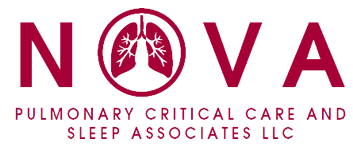Sleep apnea is a sleep disorder characterized by pauses in breathing or shallow breaths during sleep. These pauses can last from a few seconds to minutes and can occur multiple times throughout the night. Sleep apnea can be of three main types:
- Obstructive Sleep Apnea (OSA): This is the most common type, where the throat muscles relax excessively during sleep, causing the airway to narrow or close completely. This leads to reduced airflow or complete blockage, resulting in disrupted breathing patterns.
- Central Sleep Apnea (CSA): This type occurs when the brain fails to send proper signals to the muscles that control breathing. Unlike OSA, there’s no physical blockage of the airway in CSA; instead, the problem originates in the respiratory control center of the brain.
- Complex/Mixed Sleep Apnea: This type is a combination of obstructive and central sleep apnea, where individuals may experience features of both conditions.
Common symptoms of sleep apnea include loud snoring, gasping for air during sleep, daytime sleepiness, morning headaches, irritability, and difficulty concentrating. Sleep apnea can have serious health consequences if left untreated, such as increased risk of high blood pressure, heart disease, stroke, and diabetes. Treatment options often include lifestyle changes (like weight loss and positional therapy), the use of continuous positive airway pressure (CPAP) machines, oral appliances, or surgery in severe cases.
